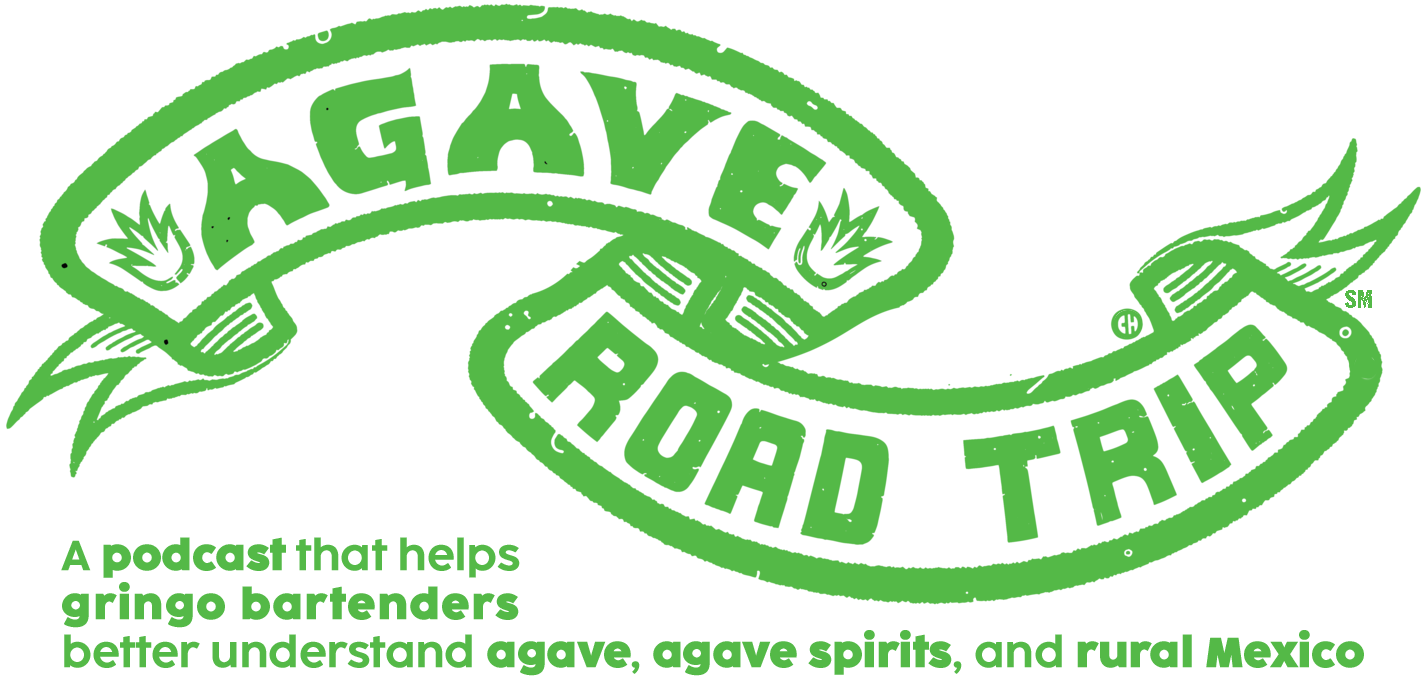Food journalism is still journalism
How do you find reliable sources for information about adult beverages? This is a multi-billion dollar industry, there should be reliable places to learn about trends. But I keep seeing significant errors in articles about agave spirits — which leads me to question what I’m reading about other spirits. And food. It’s an “On the Media” episode of Agave Road Trip!
Agave Road Trip is a critically acclaimed, award-winning podcast that helps gringx bartenders better understand agave, agave spirits, and rural Mexico. This episode is hosted by Lou Bank with special guest Jay West of Whiskey Raiders.
Looking for Ancestral Agave Syrup? Click here for the sweet life!
Episode Notes
Here are a few of the articles that set me off:
“[A]ll these tequila options were distilled from 100% blue Weber agave grown in the highlands of Jalisco, Mexico, as all tequila certified by the CRT (El Consejo Regulador del Tequila, or the Tequila Regulatory Council) must be.” Quoted from “There Are Additives in Most Tequilas, But That's Not Necessarily a Bad Thing,” Food and Wine, December 16, 2022.
“Scotch is still king in terms of market share” <<>> “#2 in sales” and “The flavored whiskey market is valued at $27.9 billion in 2022” <<>> “Flavored whiskey accounted for $1.5 billion in sales in 2022” … excerpted from “The State of the Whiskey Market,” SevenFifty Daily, September 27, 2023.
“Some agave products now considered traditional resulted from these early experiments with additives. Tequila almendrado, an almond-flavored tequila-based liqueur, grew out of some of the early attempts at barrel aging, while the addition of animal fats and fruits to the distillate, originally intended to hide flaws, helped form a new category of spirits called pechugas.” You won’t find any evidence to support this claim when you read the article from which it was excerpted: “Is ‘Additive-Free’ Tequila the New 100% Agave?,” Liquor.com, 12/20/2023.

